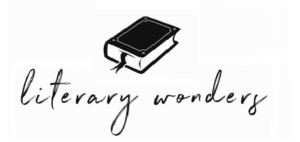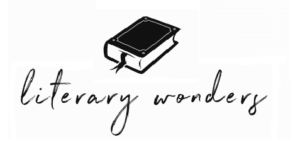Summary of “Each Life Converges to Some Centre”
“Each Life Converges to Some Centre” is a thought-provoking poem by Emily Dickenson, a phenomenal American writer, and poet. Emily expresses that every human has a goal or purpose in life, even if it is not fully acknowledged or understood. The goal is often considered too beautiful or unattainable and is cautiously approached like a fragile and distant rainbow.
Despite the difficulty of reaching this goal, the speaker encourages perseverance and suggests that even if it is not attained in one’s lifetime, eternity allows for continued striving. The poem also implies that the journey towards this goal is just as valuable as the destination itself and that the effort put in and striving makes life worth living.
To read the full poem, please click here.
Major Themes of the Poem “Each Life Converges to Some Centre”
The poem’s major themes are eternity, goals, aspirations, and passion. First, the writer explores the theme of individual goals and aspirations. She argues that every person has a central goal or purpose they strive towards, whether it is acknowledged or not. The goal is often described as fair and beautiful but also fragile and difficult to reach. The speaker encourages the reader to persevere in pursuing their goal, even if it seems impossible.
The poem also displays the theme of eternity. The speaker suggests that even if a person’s goal is not achieved during their lifetime, eternity provides them with another opportunity to try again. This reminds us that our lives are not limited to one chance and that we should not give up on our dreams.
The theme of perseverance is also evident in the poem. The speaker encourages the reader to keep moving forward, even when faced with challenges and obstacles. The metaphor of the rainbow’s raiment illustrates that the goal may be difficult to reach, but it is not impossible. The speaker suggests that the goal is worth the effort and that the reward is greater than the struggle.
Throughout the poem, the speaker encourages the reader to pursue their dreams, even when faced with challenges and obstacles, as the reward is worth the effort. The poem reminds us that hope is always present and that even in the darkest times, a light is always found.
Analysis of Poetic Elements in The Poem
To make her poem worth reading, Emily Dickenson used several literary and poetic devices to convey her ideas more effectively. She has used various symbols and metaphors to connect her readers to the main idea of the poem, such as the “goal,” which is described as “a brittle heaven” that is “adored with caution” and seen as “hopeless as the rainbow’s raiment to touch.” This metaphor suggests that the goal is something that is highly desired and yet seems unattainable.
The speaker also uses imagery to convey the idea of perseverance and determination in pursuit of one’s goal. The phrase “surer for the distance” suggests that the further one is from their goal, the more determined one become to reach it. The “saints’ slow diligence” also shows that even those considered holy and pure are still working towards their goal, despite the difficulty and distance.
In the final lines, the speaker acknowledges that the goal may not be reached in one lifetime but suggests that “eternity enables the endeavoring again.” This suggests that even though the goal may not be reached in this life, there is always the possibility of reaching it in the next.
Besides the above-stated literary elements, she has also used stanza type, persuasive diction, anaphora, and other rhetorical devices to clarify her points.
Suggested Readings
“Fame is a Bee” by Emily Dickenson Analysis
Analysis of The Lottery by Shirley Jackson










